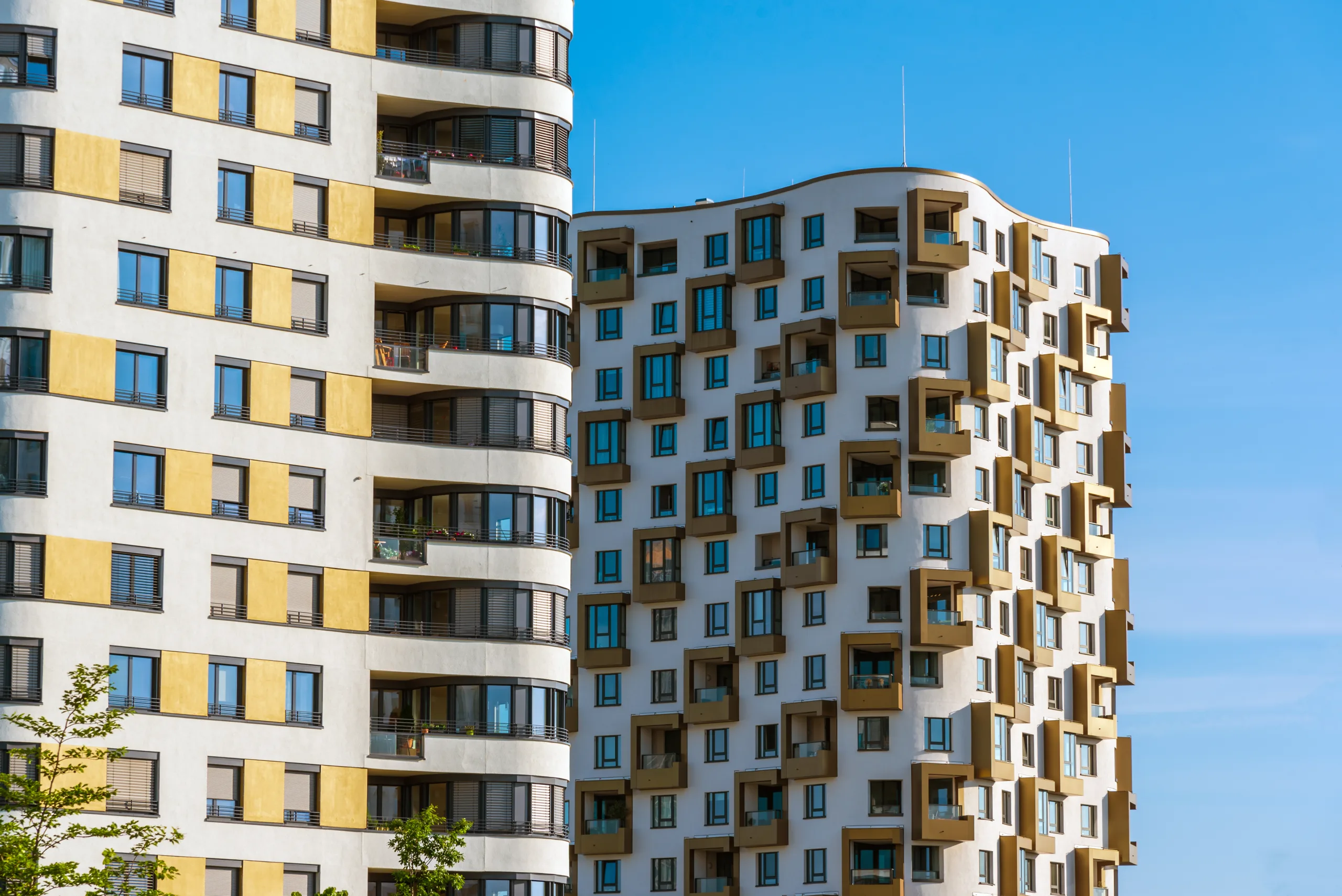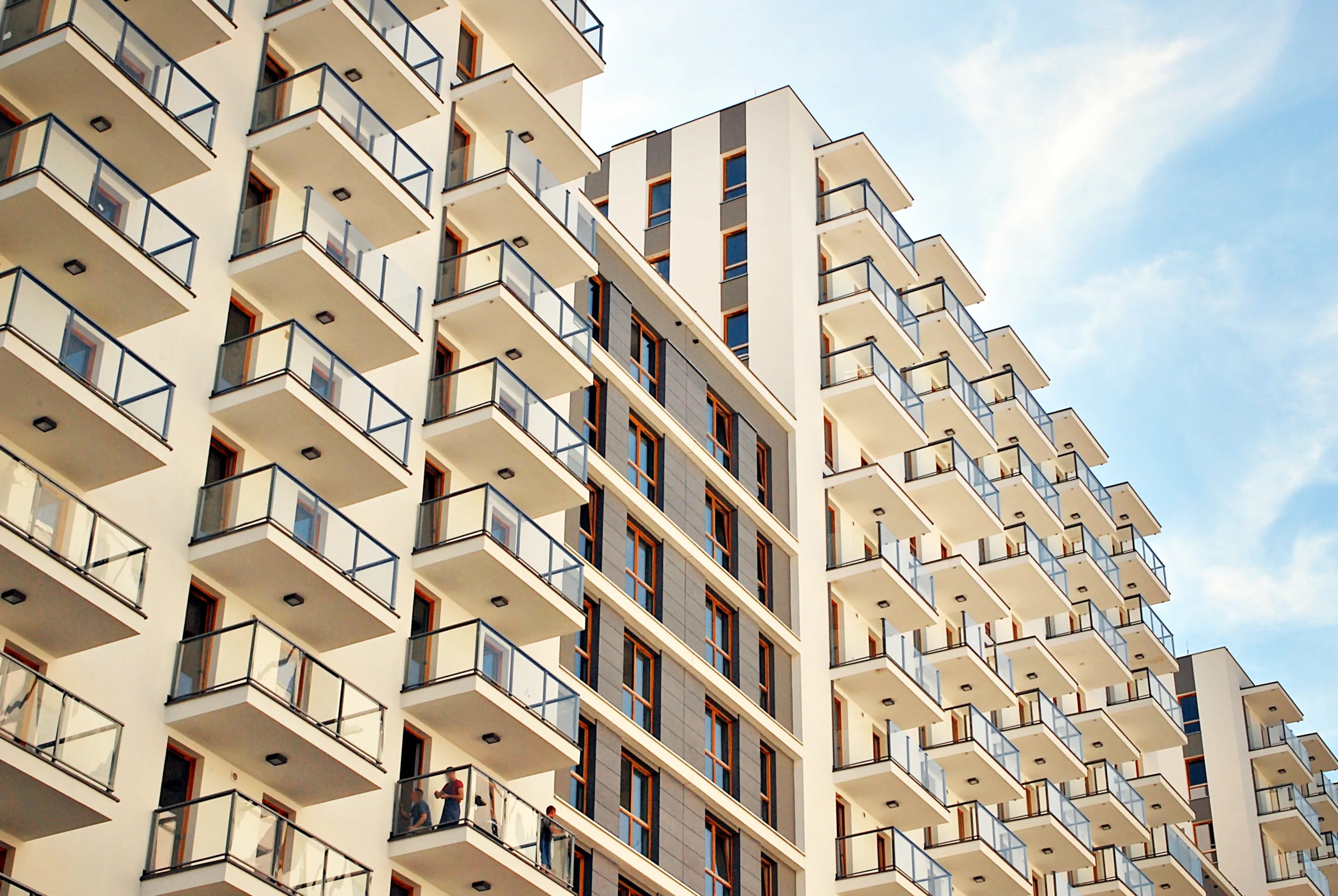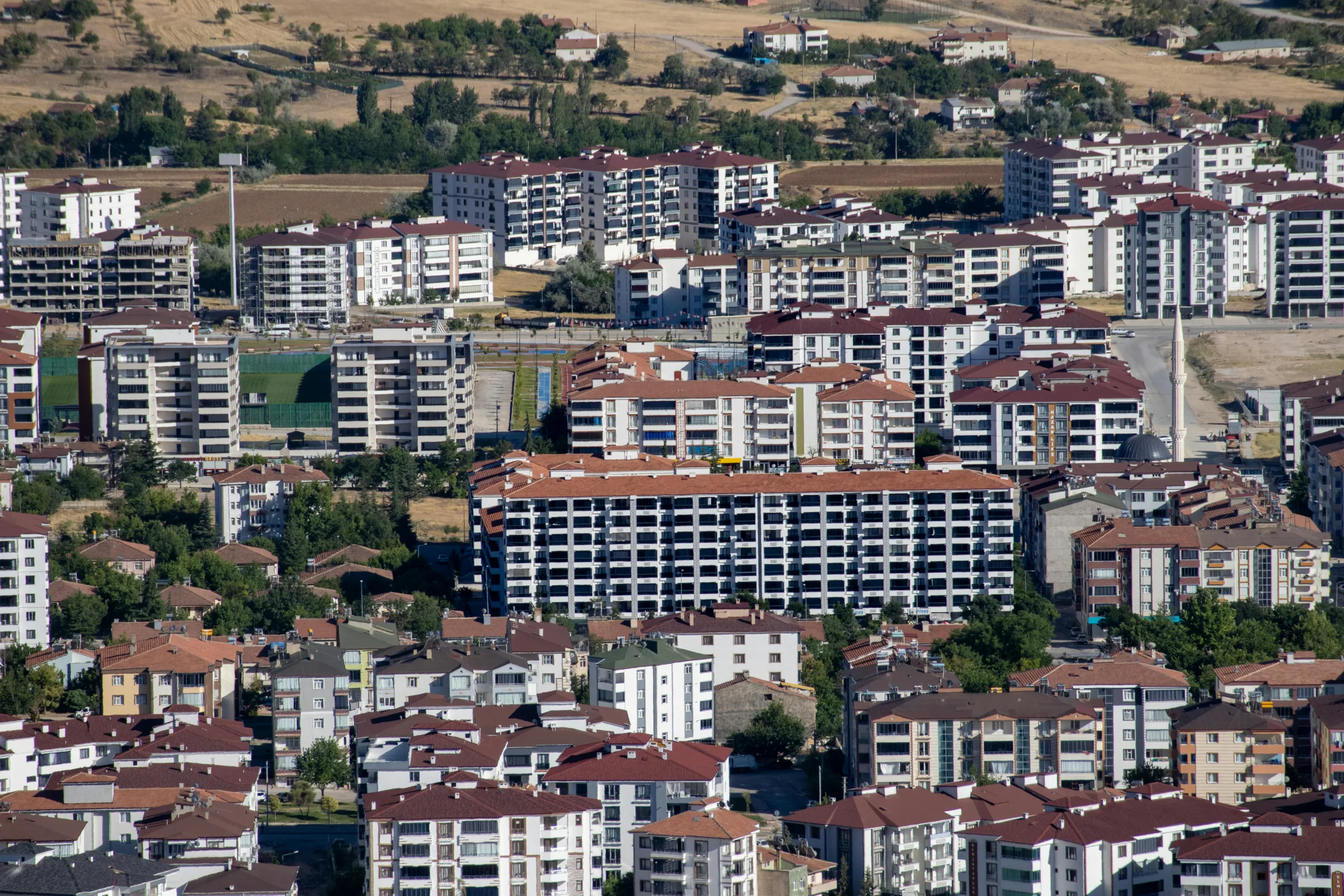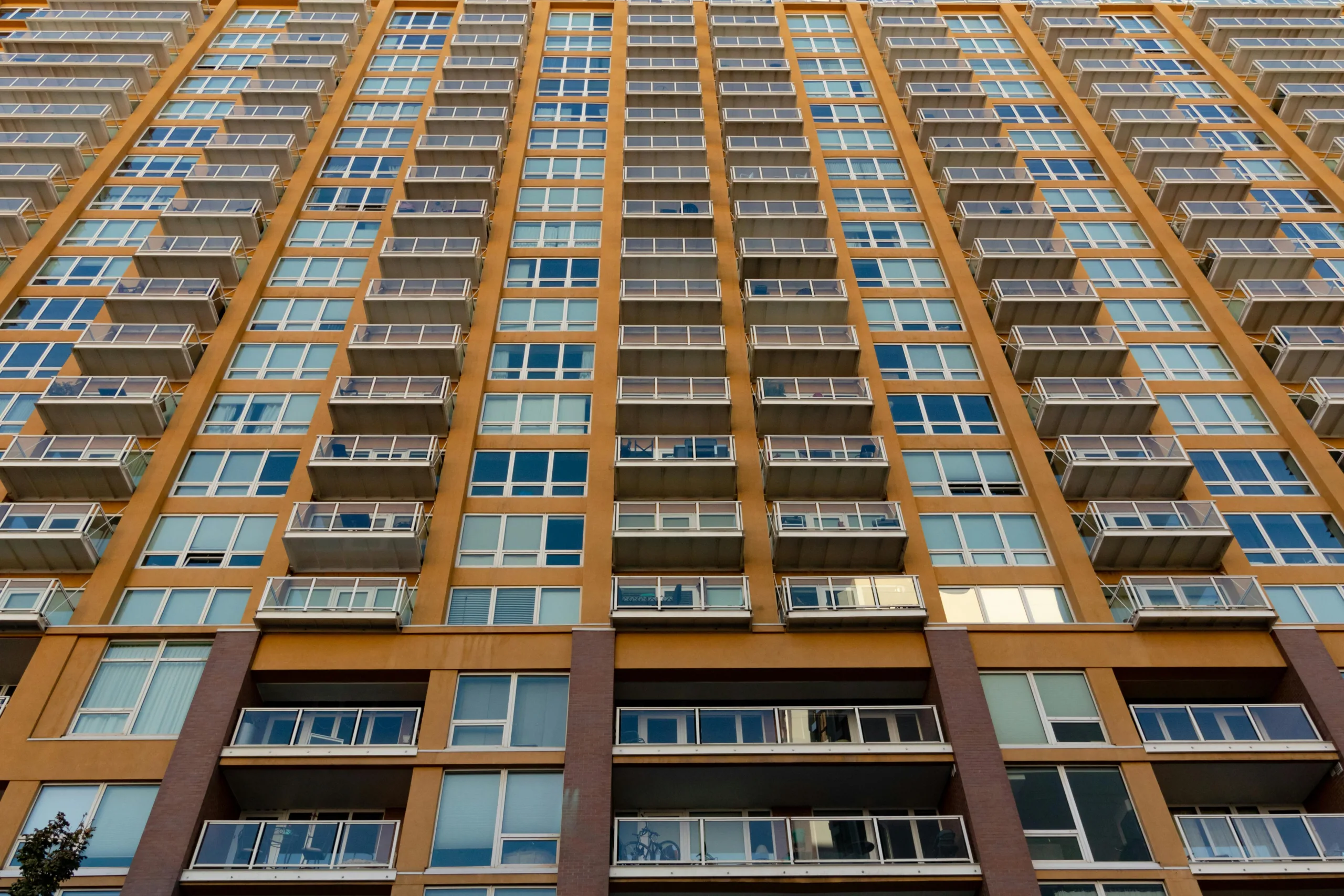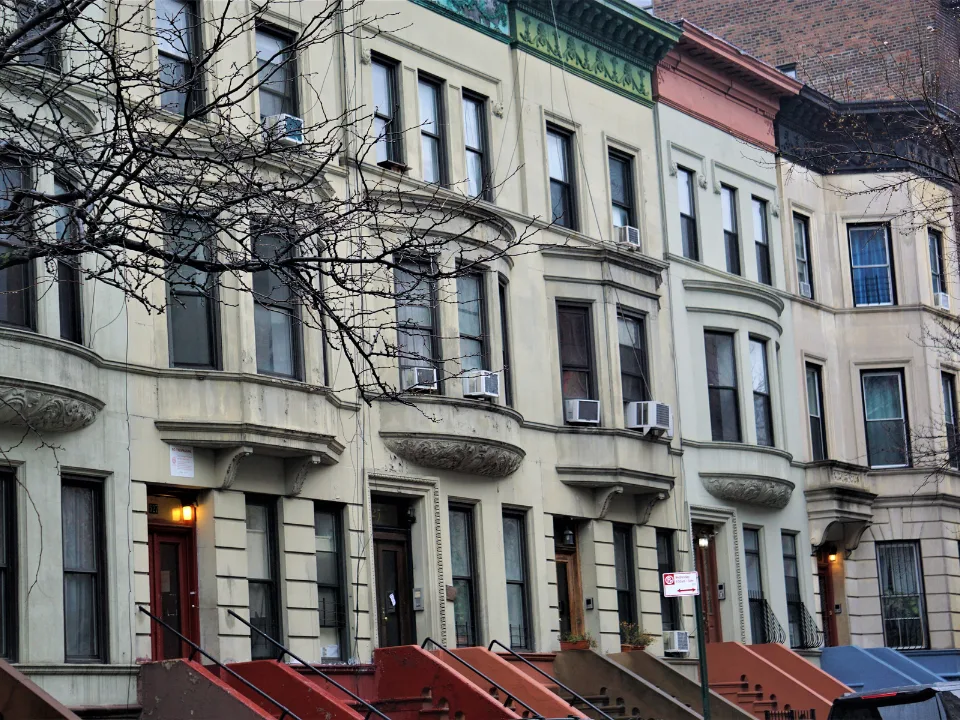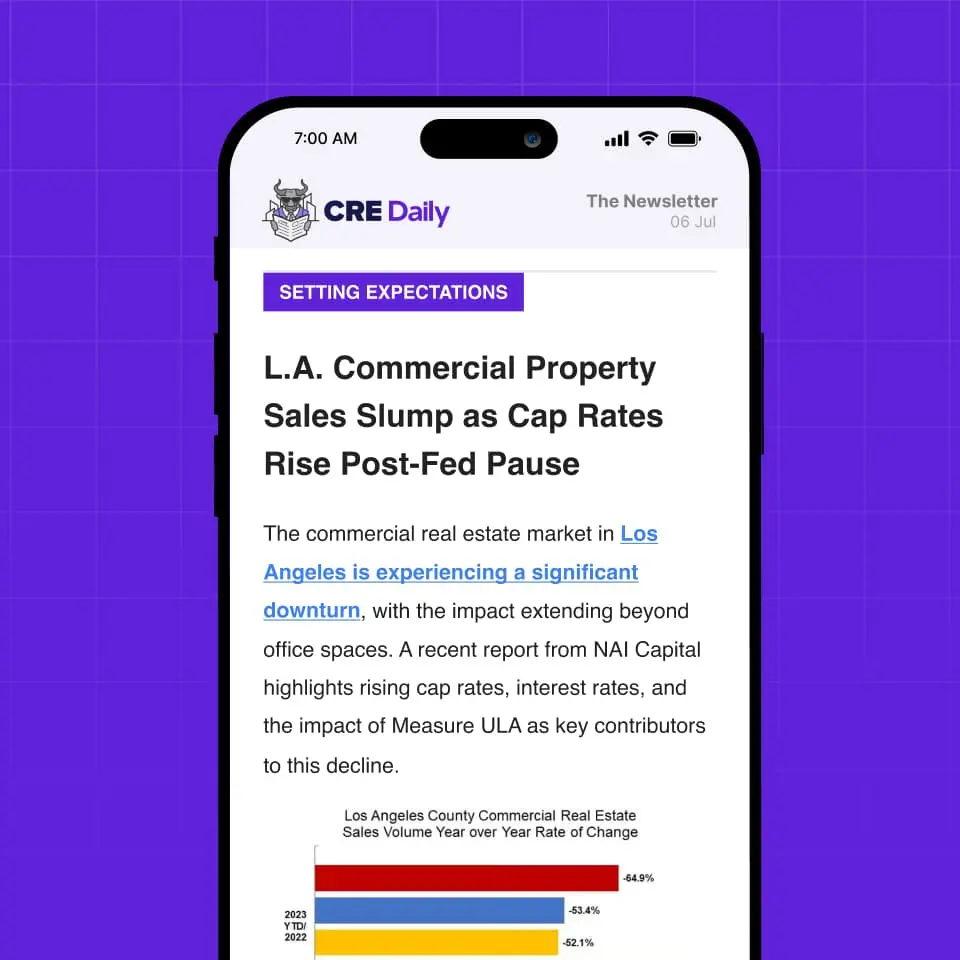- Multifamily cap rates appear to have reached a turning point, with stabilization suggesting the market may be poised for a rebound heading into 2026.
- Rent growth, not interest rates, has proven to be the most reliable signal for cap rate trends, with expectations for growth to rise to 2.25%-2.5% in the next 12–18 months.
- Competitive bidding and liquidity have kept cap rates from rising further, with prime assets in strong locations trading at sub-5% cap rates.
- Transaction volumes across all asset classes rose 19% YoY in Q2 2025, indicating broader market recovery, with multifamily leading the way due to its quicker lease turnover.
A Possible Inflection Point
After a prolonged period of cap rate expansion, multifamily appears to be hitting a plateau, reports GlobeSt. Chad Littell, National Director of Capital Markets Analytics at CoStar, says cap rates have stopped rising after two years of steady increases. He believes this stabilization could signal the start of a recovery phase for the multifamily sector.
Why Rent Growth Matters Most
Littell notes that many investors tend to focus on interest rate movements. However, he explains that rent growth has historically been the most accurate predictor of cap rate trends. When rents are rising, so do asset values, pushing cap rates down. Conversely, falling or stagnating rent growth leads to higher cap rates. With rent growth recently bottoming out around 1% and forecasts suggesting a return to the 2.25%-2.5% range over the next 12 to 18 months, the outlook is cautiously optimistic.
Get Smarter about what matters in CRE
Stay ahead of trends in commercial real estate with CRE Daily – the free newsletter delivering everything you need to start your day in just 5-minutes
Liquidity, Not Fed Policy, Is Driving The Shift
Although the Fed’s rate cuts have brought some benefits, like renewed interest in floating-rate debt, Littell says they aren’t the main factor. He emphasizes that improved market liquidity and increased buyer competition are the real drivers behind the stabilization of cap rates. He describes cap rates as having been “pinned to the wall” in certain cases, even showing slight compression for top-tier assets.
Deal Volume Rebounds
Investment activity is also showing signs of life. Overall transaction volume across the five major CRE sectors rose 19% year-over-year in Q2 2025. While the multifamily sector’s stats were distorted by Blackstone’s $10B acquisition of 77 properties from AIR Communities, Littell expects upcoming quarters to better reflect the sector’s true momentum. Multifamily’s seasonal activity patterns are also playing a role, with demand typically ramping up in the second half of the year.
A Sector To Watch
Multifamily often leads the charge in CRE recoveries, given its short lease terms and rapid response to economic shifts. Littell believes this makes it a useful bellwether for other asset types like retail and industrial. If pricing strength and rent growth continue in apartments, broader asset classes could follow suit as 2026 approaches.
Why It Matters
Cap rate stabilization marks a critical signal for CRE investors seeking clarity after years of rate volatility. With improving fundamentals, returning liquidity, and stronger rent growth on the horizon, multifamily may once again be positioned as a safe bet in a shifting commercial real estate landscape.


